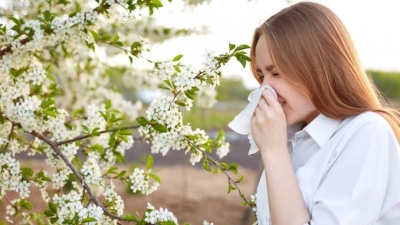
Allergic reactions can happen around the year, but people who are prone to pollen allergy experience severe bouts of it during spring and summer, when trees, plants grasses, and weeds release tiny pollen particles into the air to fertilize other plants. And this particular time of the year is often referred to as the ‘allergy season.
A new research from Germany suggests that climate change is causing allergy season to last longer, as rising temperatures are causing plants to bloom earlier, and pollen from early blooming locations are travelling to later blooming locations. This means more days of itchy eyes and runny noses for people with pollen allergy.
Researchers found that certain species, such as hazel shrubs and alder trees, advanced the start of their season by up to 2 days per year, over a period of 30 years (between 1987 and 2017). Other species, which tend to bloom later in the year, such as birch and ash trees, advanced their season by 0.5 days on average each year.
The effects of climate change on the pollen season have been studied at length. It has been established that greenhouse gas emissions and weather variables, mainly air temperature, sunlight and rainfall, are affecting plant phenology – the timing of plant life-cycle events, such as flowering, fruiting and pollen production.
Pollen travels
Climate change has had a negative impact on the movement of pollen and atmospheric pollen concentration. The changing weather patterns and atmospheric circulation may spread pollen to new areas and expose people to different allergens their immune systems are unprepared for. Such pollen movement can also introduce invasive species into new environments.
Picture Credit : Google



